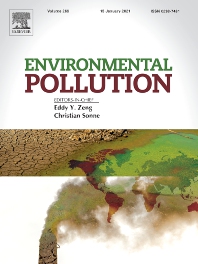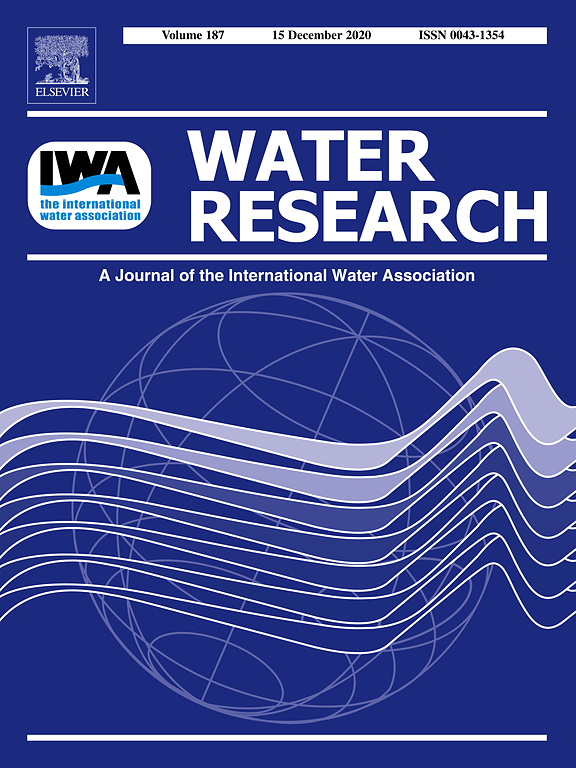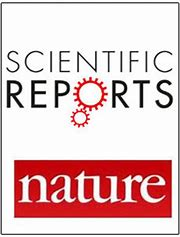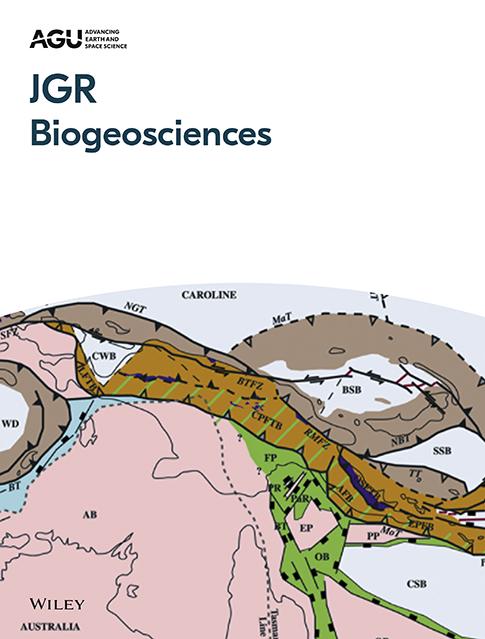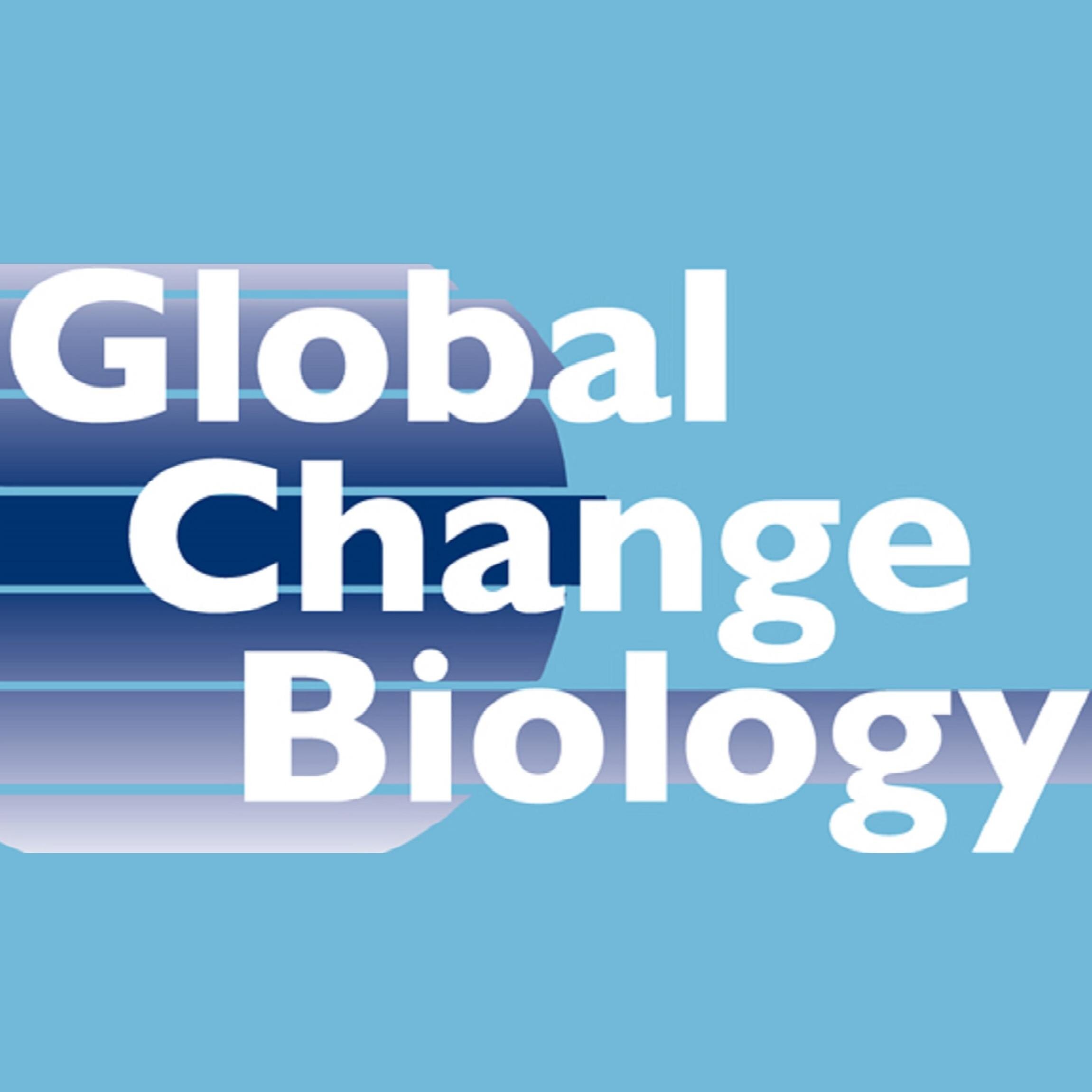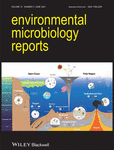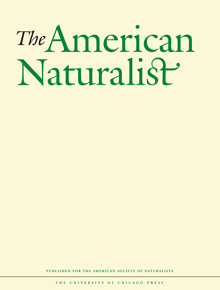- Department:(Dept. 3) Plankton and Microbial Ecology
Importance of exposure route in determining nanosilver impacts on a stream detrital processing chain
The paper reports impacts of silver nanoparticles (AgNPs) and ionic silver (Ag+) on an aquatic processing chain of leaves, microbes, shredders and collectors. AgNPs and Ag+ affect multiple links of the processing chain at environmentally realistic concentrations. Shredders respond more sensitively than collectors. Leaf-associated fungal biomass and microbial leaf decomposition are being reduced.
Making waves. Bridging theory and practice towards multiple stressor management in freshwater ecosystems
The authors identified limitations to the development of multiple-stressor management strategies and address these within an empirical framework. They give recommendations for the use of empirical models and experiments to predict the effects of freshwater degradation in response to changes in multiple stressors and offer practical advice for management strategies in 3 multiple-stressor scenarios.
Impacts of detritivore diversity loss on instream decomposition are greatest in the tropics
The study wanted to determine whether detritivore diversity enhances leaf litter decomposition in streams and how patterns vary across realms, biomes and climates. It indicates a positive relationship between detritivore diversity and decomposition rate particularly in the tropics, whereas at higher latitudes decomposition rate was more strongly correlated with detritivore abundance and biomass.
Design and implementation of an illumination system to mimic skyglow at ecosystem level in a large-scale lake enclosure facility
The authors present the skyglow illumination system for IGB’s LakeLab, a large-scale enclosure research facility in Lake Stechlin. This is the first experimental setup to mimic skyglow realistically at ecosystem scale. Light propagation was modeled using photonics tools, a method adaptable to other outdoor and indoor experiments, urgently needed to understand the impact of skyglow on ecosystems.
The lake ice continuum concept: influence of winter conditions on energy and ecosystem dynamics
The authors combined current literature with three novel case studies – one of them Lake Stechlin - to develop the Lake Ice Continuum Concept to understand how key aspects of the physical, chemical, and ecological structure and function of lakes vary along a continuum of energy inputs mediated by winter climate. This framework is useful for predicting how lakes respond to climate change.
Earlier winter/spring runoff and snowmelt during warmer winters lead to lower summer chlorophyll-a in north temperate lakes
The authors investigated how ongoning changes in winter conditions may have consequences for annual phytoplankton biomass and production. They showed that earlier winter/spring runoff and snowmelt during warmer winters lead to lower summer chlorophyll-a in 41 north temperate lakes in Europe and North America.
Variation of bacterial communities along the vertical gradient in Lake Issyk Kul, Kyrgyzstan
Diversity and community composition of bacteria along vertical gradients were studied in Lake Issyk Kul, Kyrgyzstan, the 6th deepest lake worldwide and the largest high-altitude lake. In the molecular assessment, the 16S rRNA gene analysis revealed significant changes in the composition, responding mainly to depth and salinity with Planctomycetes and Chloroflexi dominating in the deepest layers.
The use of Sentinel-2 for Chlorophyll-a spatial dynamics assessment: a comparative study on different lakes in Northern Germany
This study is an important step to establish the use of satellite imagery for inland water quality monitoring. By using in situ measurements of the algal pigment chlorophyll-a from small-sized lowland lakes in Northern Germany, we identified the best performing atmospheric correction and bio-optical algorithm to accurately estimate chlorophyll-a from Sentinel 2 satellite images.
Climate change – driven regime shifts in a planktonic food web
Climate change causes a decrease in the ice cover on lakes throughout the world. Yet, there has been insufficient research into how this decline of the winter period affects the interplay of phytoplankton and zooplankton. This study shows that even a gradual decline in the average duration of ice cover can result in abrupt changes in plankton dynamics.
Mesopelagic microbial carbon production correlates with diversity across different marine particle fractions
The vertical flux of marine snow reduces atmospheric CO2. In particular, particle associated prokaryotes are responsible for organic C-loss. Analysis of prokaryotic heterotrophic production a. species richness in the North Atlantic reveal that C- loss a. associated microbial richness are different with particle fractions. Especially large, fast-sinking particles drive C-flux a. -sequestration.


